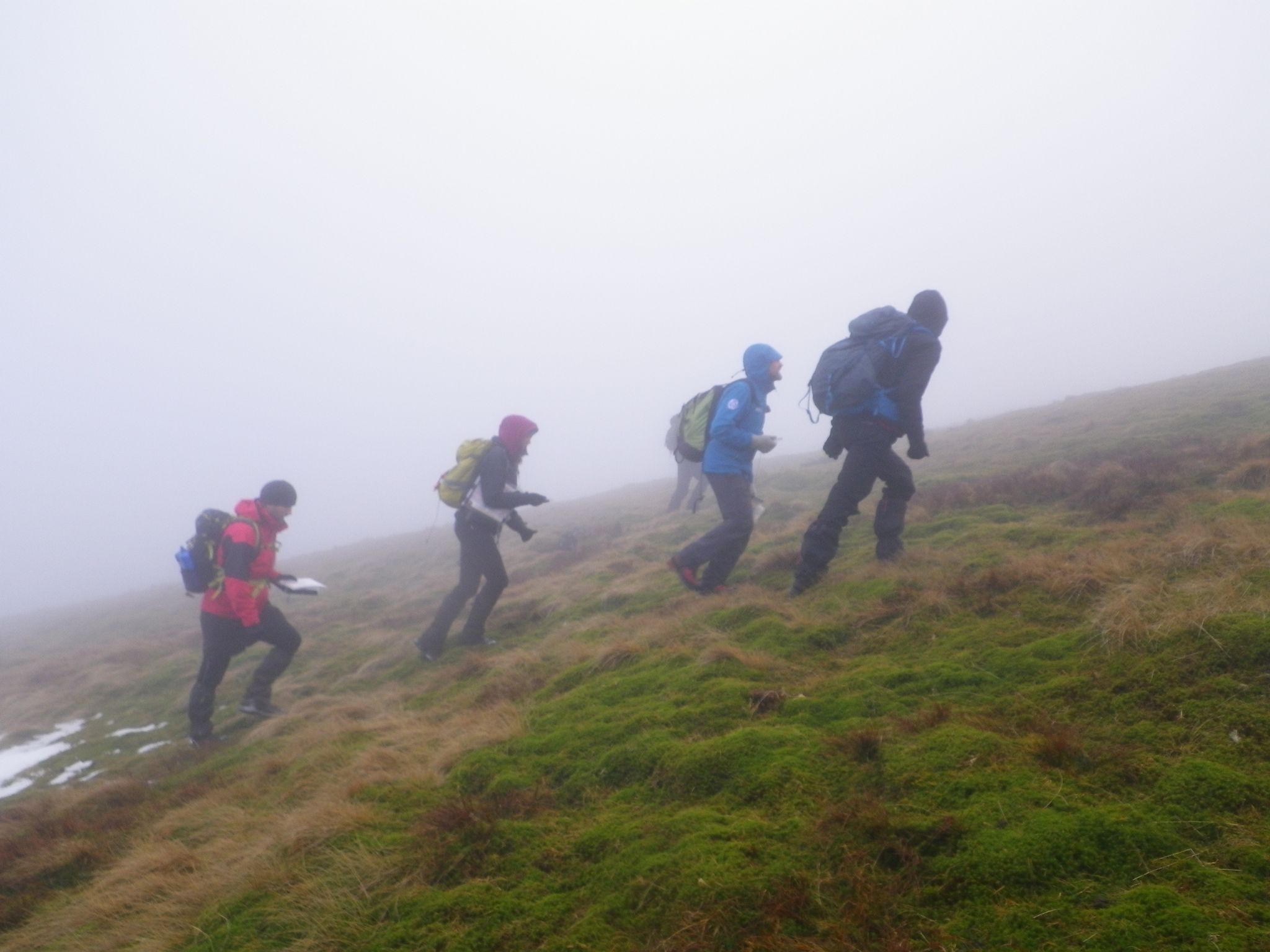How To Stay Dry Whatever The Weather #1: Waterproofs
/WRITTEN by CHRIS & ANNE ENSOLL
It’s time for your trusty old waterproof jacket to retire and be replaced by a younger model. You have to buy a new one, but where do you start? There are so many options in the shops and online, so how do you know how one compares with another? Here are some things to consider when choosing a new jacket or a new pair of trousers, and some tips for making them last.
What to look for when buying waterproofs
What’s waterproof breathable?
Whatever you choose, and wherever you have to compromise, your garment must be waterproof AND breathable. Waterproof breathable garments have pores that are too small for water to get in from the outside, but just big enough to let out water vapour from your sweat.
What's a membrane?
It’s the waterproof breathable layer. Your garment might look like it is made from one layer of fabric, but it is actually two or three layers bonded together.
What’s DWR?
Durable Water Repellent is a polymer that’s applied to the outside of the fabric to help it shed water. In some garments, it is incorporated into the weave of the fabric, and in others it is added as an invisible layer. In the latter case, it can become damaged due to outside factors like dirt and oil, UV radiation, and washing. When that happens, rain soaks into the fabric instead of beading up and rolling off, and the fabric becomes saturated. This blocks some or all of the water vapour from sweat, and it can’t escape, so you feel wet, and you might think that your garment is no longer waterproof.
What are taped seams?
Garment seams are often sealed with waterproof tape that binds with the fabric to make sure no water can get through the tiny needle holes left by the sewing process.
Where can I find more info?
You won't be surprised to hear there is endless info on the internet, but this article on Backpacker.com is a good place to start:
The 13 Best Hiking Jackets of 2018
Wacky Weather Factoid #1
In dry, hot places, rain sometimes evaporates before it hits the ground. Environmentalist Edward Abbey describes "phantom rain" this way: "You see curtains of rain dangling in the sky while the living things wither below for want of water. Torture by tantalizing, hope without fulfillment. Then the clouds dissipate into nothingness."
From Reader’s Digest website
What should you look for in a jacket?
A fully adjustable hood is essential so you can wear it over a helmet but it will also fit to your head. Check that you can turn your head and still see out with the hood done up. If possible, put a rucksack on and check that the hood doesn’t get pulled by the straps.
Check that the front of the jacket zips up high enough to protect your lower face from the weather.
Make sure the sleeves are the right length for your arms, and have effective simple closures.
Look for simple pockets above waist height so they are accessible above your rucksack waist belt or harness.
A jacket that is longer at the back than front will keep your backside warm.
What should you look for in a pair of waterproof trousers?
A simple lightweight pair will do for most things. Wear with soft-shell trousers underneath and you will keep out the worst of the weather
Gore-tex is the best fabric.
Make sure you can get them on and off over your boots – long zips work best.
A belt system of some kind works better than elastic if you don’t have any curves.
Avoid too much flapping fabric around the ankles, and avoid elastic around the bottom – the trousers bunch up and get caught on crampons.
If winter climbing, reinforced areas around the inside of the lower legs are good.
Wacky Weather Factoid #2
You know that delicious earthy smell that comes after rain? It’s called petrichor, and it’s comes from a combination of oils secreted by plants during dry weather and chemicals released by soil-dwelling bacteria. Raindrops landing on dusty or clay soils trap tiny air bubbles on the surface, which are then released to burst out of the raindrop, throwing aerosols of scent into the air.
From the Met Office website
How to care for your waterproofs and prolong their life
Your waterproofs will serve you well if you take care of them and know how to keep them working properly.
Keep them clean and dry
Dry them out thoroughly every time they get wet – mold is a big problem for waterproofs. When they are dirty give them a wash with specially designed products like Nikwax Tech Wash. Refresh the DWR after washing and if water is no longer beading, with Nikwax TX.Direct. Put them in the dryer or iron afterwards to help bake the DWR onto the fabric.
Avoid UV
Don’t leave them out in the sun for an extended period of time – UV radiation causes degradation of the fabric
Avoid abrasions
Try to avoid rubbing up against rough or sharp surfaces (easier said than done if you're scrambling in the rain...).
Mend holes
Patch any holes as soon as you can with waterproof repair tape, but avoid using duct tape for emergency repairs as it will leave a residue that’s hard to get off.
Look after your zips
If you’re re-proofing regularly and taking care of the fabric, the zip could be the first part of your garment to let you down. Keep your zips well lubed with a zip care product.
Anything we've missed?
Do you have a top tip for buying or caring for waterproofs? Share your wisdom by leaving a comment - we'd love to hear from you!






